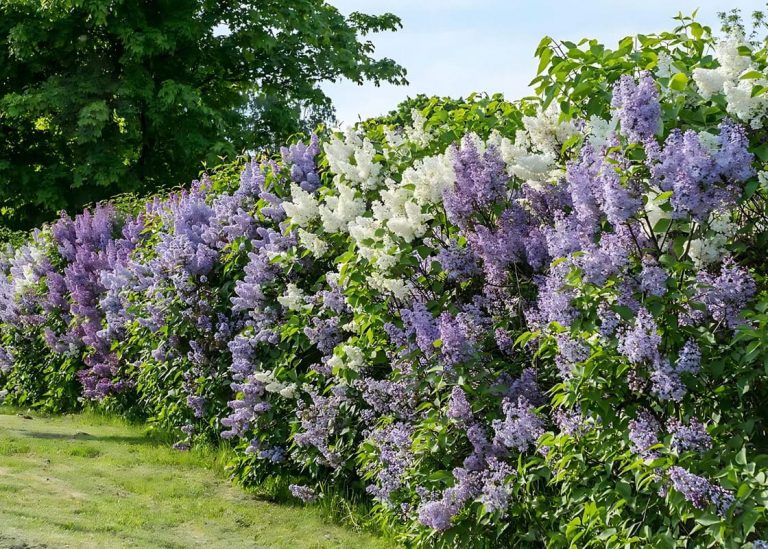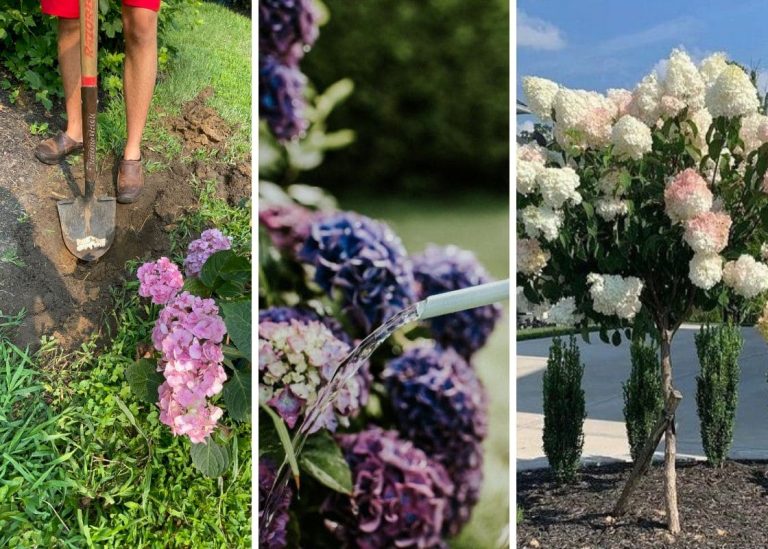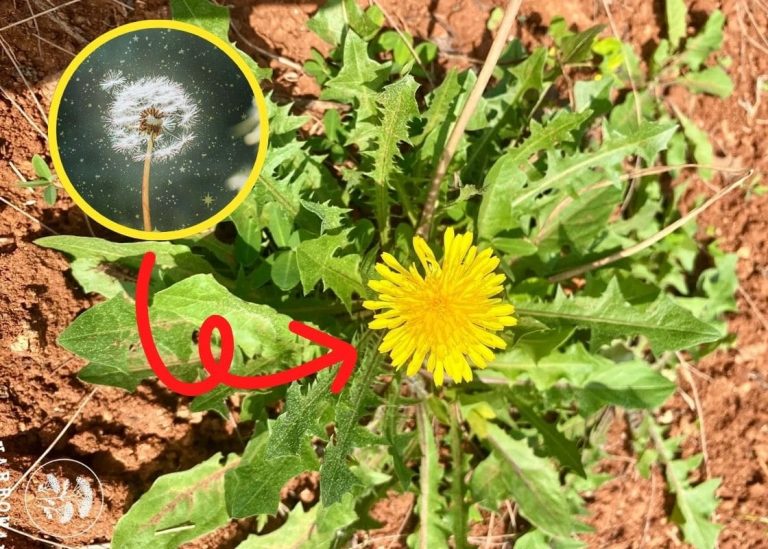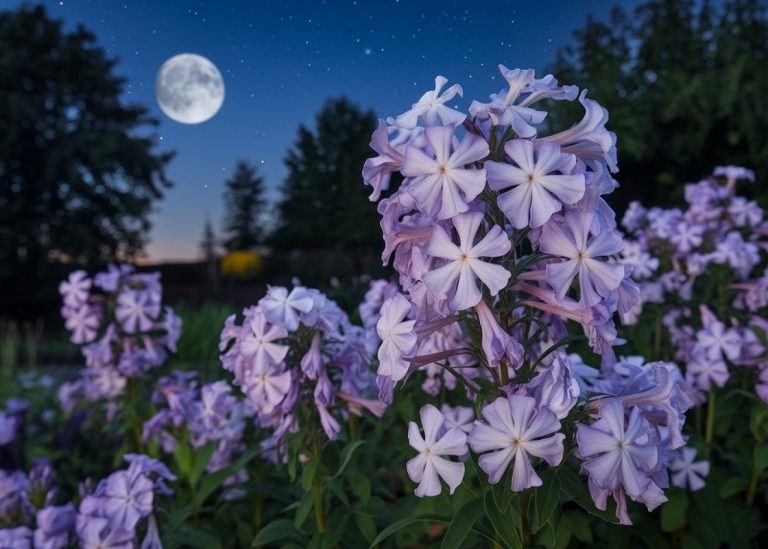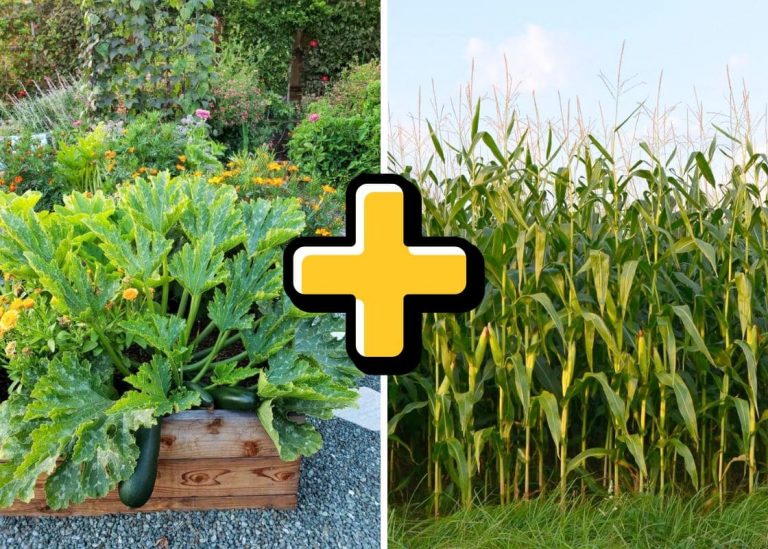Is Wandering Jew Toxic to Cats? A Gardener’s Insight on Pet Safety
Trailing plants always feel like little green waterfalls to me—lively, wild, full of movement. One of the first that truly caught my heart was a Wandering Jew, its shimmering purple and silver leaves tumbling down from a high corner shelf. It made the room feel alive, like something beautiful was always just happening there.
My cat had found the new addition fascinating, nosing through the vines and batting gently at the leaves. For a breathless second, all I could think was how lovely they both looked—until a quiet worry settled in. Was this gorgeous plant safe for her?
The world of gardening and pets weaves together in such complicated ways. Some plants that bring us so much joy can quietly pose risks we don’t see at first glance. It’s part of the dance between cultivating beauty and protecting the ones we love. Let’s talk honestly about Wandering Jew plants, cats, and how we can enjoy both without worry pulling at the edges of our happiness.
Is the Wandering Jew Plant Toxic to Cats?
The short answer is yes. Wandering Jew plants (Tradescantia zebrina, Tradescantia fluminensis, and Tradescantia pallida) are considered mildly toxic to cats. They aren’t usually deadly, but they aren’t harmless either.
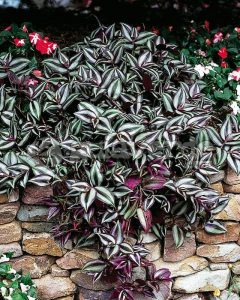
The sap inside their stems and leaves can irritate a cat’s sensitive skin or mouth. Sometimes a nibble leads only to minor drooling or upset stomachs, but occasionally it sparks stubborn skin rashes. Some cats seem uninterested in the plant altogether, while others, with their playful paws and curious teeth, get far too involved.
At home, I quickly learned that even a few playful chews could leave my cat licking her mouth uncomfortably for hours.
Symptoms of Wandering Jew Toxicity in Cats
When a curious cat decides to investigate a Wandering Jew plant a little too closely, the signs usually show up fast. These are the small warnings I’ve seen and gathered from fellow gardeners who share their homes with both plants and pets:
-
Redness or irritation around the mouth and lips
-
Drooling or pawing at the face
-
Mild vomiting or soft stools
-
Persistent scratching or licking, especially around the face or paws
-
Blisters or irritated patches on skin that brushed against the plant
Most cats bounce back once they’re kept away from the plant, but when symptoms linger longer than a day—or when the reaction feels more intense—calling the vet always feels like the kindest choice.
How to Keep Cats Away from Wandering Jew Plants
Keeping a cat out of trouble with a plant is a bit like trying to hold back the tide with your hands—it takes creativity and patience. In my home, I quickly realized that simply moving the plant wasn’t enough; I had to think like my cat.
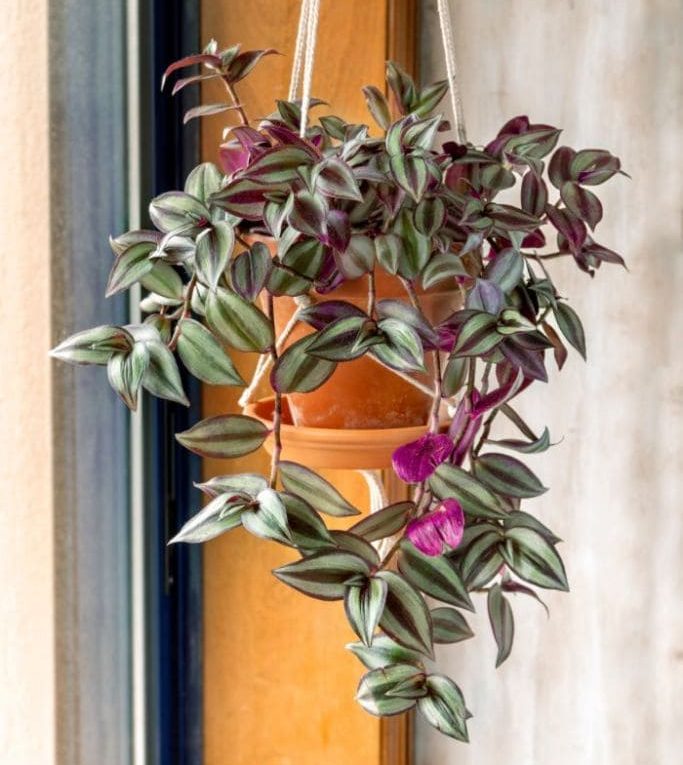
Here’s what worked best for me:
-
High Shelving or Hanging Baskets: Keeping plants suspended where even the most athletic leap couldn’t reach saved a lot of stress.
-
Scent Deterrents: Sprinkling citrus peels near the base or misting the leaves lightly with diluted lemon water (safe for plants) kept her from getting too curious.
-
Providing Distractions: Planting pots of cat grass or offering fresh catnip gave her something deliciously safe to chew, pulling her attention away from forbidden foliage.
No single tactic worked forever. I rotated them, added little challenges, and stayed a few steps ahead of those mischievous paws.
Alternative Non-Toxic Plants for Cat Owners
If the thought of constant vigilance tires you out (and honestly, it tired me out too), there’s another option—choosing plants that offer beauty without the worry. Over the years, I’ve swapped a few tricky plants for these lush, non-toxic favorites:
-
Spider Plant (Chlorophytum comosum): Graceful, playful, and beloved by both cats and gardeners.
-
Areca Palm (Dypsis lutescens): A tropical splash of green that sways gently with the slightest breeze.
-
Calathea: Dramatic leaves with intricate patterns, safe for curious noses and paws.
-
Boston Fern (Nephrolepis exaltata): A feathery, air-purifying beauty that’s lush without hidden risks.
Each of these plants lets me breathe a little easier, knowing the green parts of my home are welcoming to every member of the family—furry or otherwise.
Final Thoughts
Sharing our homes with plants and pets brings a kind of layered joy—the air feels greener, the days feel softer. But it also asks us to listen carefully, to adjust, and to protect the life we’ve invited into our spaces.
Choosing plants that harmonize with curious paws and tender noses doesn’t mean giving up beauty. It means creating a home where every leaf, every root, every small heartbeat can thrive without fear. A place where nature’s wonder grows safely, weaving through our lives like sunlight through an open window.



